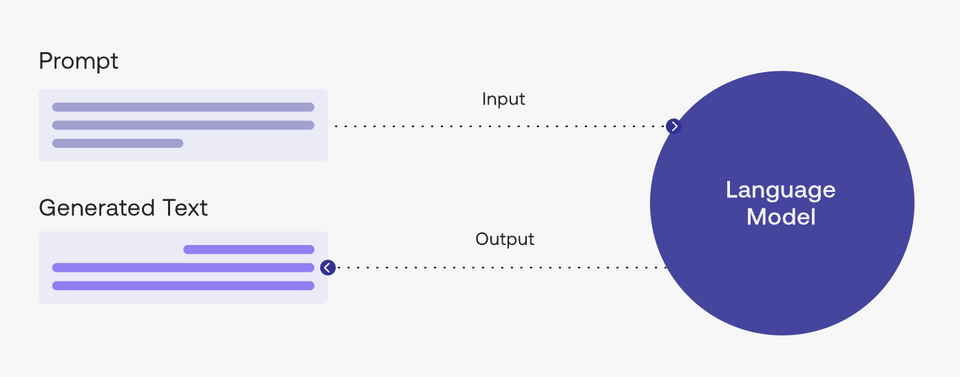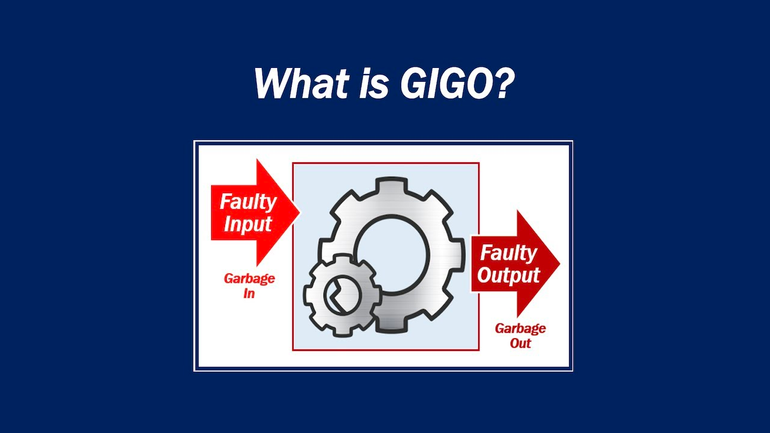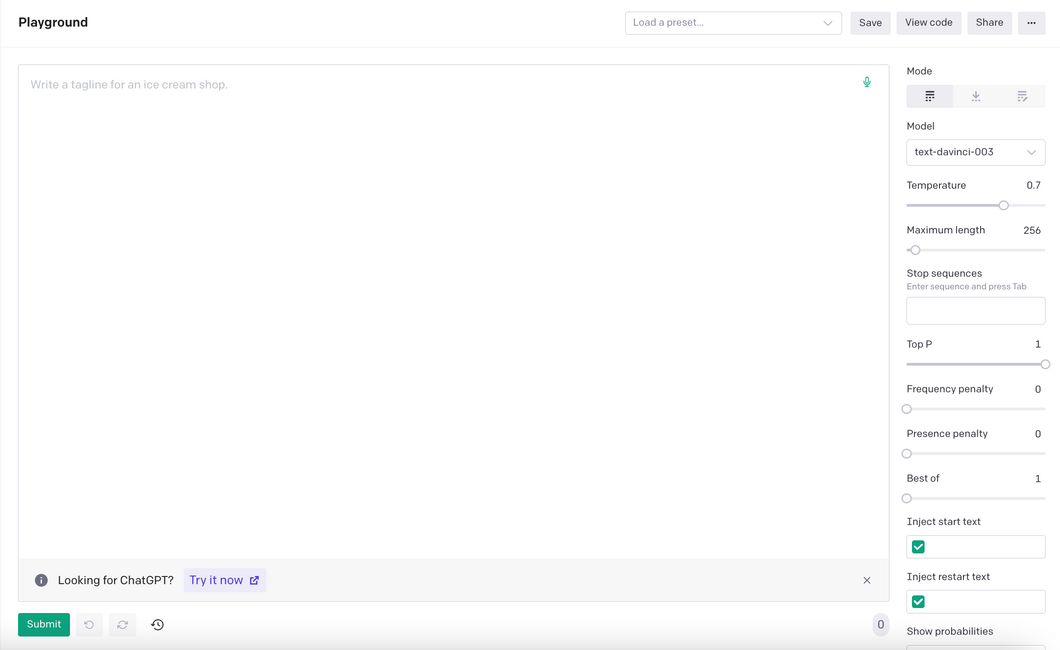Create unique copy with ChatGPT
Search and store tool for Chat GPT Prompt
Create unique and engaging copy with ChatGPT, a pre-trained language model by OpenAI for generating high-quality and accurate content. With ChatGPT, you can take your copywriting to the next level by crafting compelling messages that resonate with your audience. Our state-of-the-art language model can help you write copy that is both persuasive and informative, helping you connect with your target market and drive conversions. Say goodbye to generic, uninspiring copy – with ChatGPT, you can elevate your brand and stand out from the crowd.
Using Google Sheets Heat Map Feature to Visualize Data
How do I use the Google Sheets heat map feature to visualize data?
How to Export Data from a Google Sheets Pivot Table to Other Formats
How do I use the Google Sheets Pivot table export options to export data from a pivot table to other formats?
How to Use Google Sheets Pivot Table Formula Options to Create Custom Formulas for a Pivot Table
How do I use the Google Sheets Pivot table formula options to create custom formulas for a pivot table?
How to Use Google Sheets Pivot Table Chart Options to Create Charts from a Pivot Table
How do I use the Google Sheets Pivot table chart options to create charts from a pivot table?
How to Use Google Sheets Pivot Table Conditional Formatting to Highlight Data
How do I use the Google Sheets Pivot table conditional formatting options to highlight data in a pivot table?
Using the Google Sheets Pivot Table Format Options to Format Data in a Pivot Table
How do I use the Google Sheets Pivot table format options to format data in a pivot table?
Using Google Sheets Pivot Table Calculation Options to Perform Calculations on Data
How do I use the Google Sheets Pivot table calculation options to perform calculations on data in a pivot table?
Using Google Sheets Pivot Table Group Options to Group Data by Certain Criteria
How do I use the Google Sheets Pivot table group options to group data by certain criteria in a pivot table?
Using Google Sheets Pivot Table Filter Options to Filter Data in a Pivot Table
How do I use the Google Sheets Pivot table filter options to filter data in a pivot table?
How to Use Google Sheets Pivot Table Options to Customize the Pivot Table Layout
How do I use the Google Sheets Pivot table options to customize the pivot table layout?
How to Customize Data Series in a Google Sheets Chart
How do I use the Google Sheets Chart series options to customize data series in a chart?
How to Use Google Sheets Chart Data Labels to Add Data Labels to a Chart
How do I use the Google Sheets Chart data labels options to add data labels to a chart?
Understanding How to Use Google Sheets Chart Error Bars Options
How do I use the Google Sheets Chart error bars options to add error bars to a chart?
Adding a Trendline to a Chart Using Google Sheets Chart Trendline Options
How do I use the Google Sheets Chart trendline options to add a trendline to a chart?
Customizing the Legend of a Chart with Google Sheets Chart Legend Options
How do I use the Google Sheets Chart legend options to customize the legend of a chart?
Adding Gridlines to a Chart in Google Sheets
How do I use the Google Sheets Chart gridlines options to add gridlines to a chart?
Using Google Sheets Chart Axis Options to Customize X and Y Axis of a Chart
How do I use the Google Sheets Chart axis options to customize the x and y axis of a chart?
How to Use Google Sheets Chart Animation Options to Make a Chart More Interactive
How do I use the Google Sheets Chart animation options to make a chart more interactive?
How to Use Google Sheets Chart Style Options to Change the Appearance of a Chart
How do I use the Google Sheets Chart style options to change the appearance of a chart?
How to Customize Chart Elements in Google Sheets Chart Editor
How do I use the Google Sheets Chart editor to customize chart elements?
What is “prompt engineering”?
A “prompt” is the input that guides a generative AI model to generate useful outputs. Generative AI tools like ChatGPT, GPT, DALL·E 2, Stable Diffusion, Midjourney, etc. all require prompting as their input.

In a natural language processing (NLP) context, “prompt engineering” is the process of discovering inputs that yield desirable or useful results. As is the story with any processes, better inputs yield better outputs; or commonly said another way “garbage in, garbage out.”


Become a prompt researcher instead of engineer
- If you’re already a subject matter expert in something, consider figuring out how to apply your personal skills to generating the best prompts in your field
- For example, if you’re an expert in SEO, what questions do you ask yourself when creating SEO strategies? How can you translate this knowledge into better prompts to generate the same level of output with AI?
Become a prompt researcher instead of engineer
- The term prompt engineer glosses over the idea that prompt formulation takes hypothesizing, research, result measurement, and repetition. Instead, approach prompting like a research project.
- Try as many different variations and formulations of your prompt as possible. One problem can have hundreds of solutions and one solution can have hundreds of approaches. The same can be said of prompting.